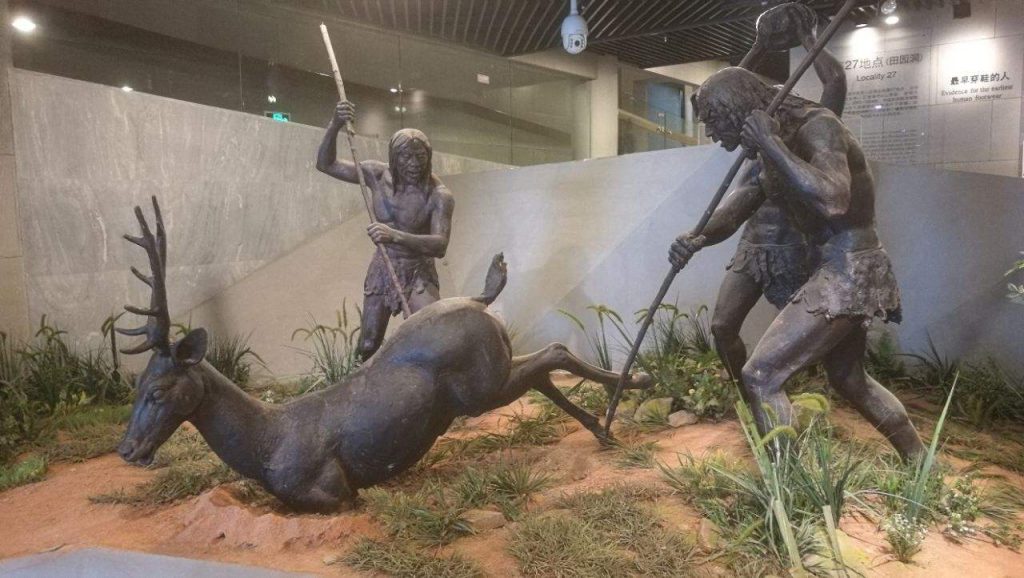The Domestication of Wild Beasts
3 min readIn the Neolithic Age with the rapid progress of the stoneware-processing techniques an array of arrowheads of different material were made along with the bow-and-arrow, the trap, the fence, the net and other complicated hunting tools.
Armed with these tools people could capture games more effectively and efficiently, in result what they captured was more than what they consumed. The remaining live game or small animals were enclosed and raised in the caves or cages, so people could fall back on consuming them when they happened to get nothing from hunting. With the improvement of the productivity, the beasts raised in the caves and cages increased in number. With the passage of time some of the beasts became meek and turned into domesticated animals. That is how the primitive animal husbandry began.

In the initial period of the Neolithic Age the domestic animal husbandry appeared and underwent further devel opment later on. At that time there were dozens of domesticated animals and poultry such as dog, pig, ox, buffalo, chicken, horse, goat, sheep, cat and so on. Pig, the domesticated boar, is one of the animals with the longest history of domestication. Outnumbering all the other animals, pigs were not only consumed as food, but also offered as sacrifice. Dog is the domesticated wolf. As early as in the hunting age, people had dogs keep their company in hunting. In the age of primitive agriculture, some dogs were raised for human consumption, so were the oxen. Up to more than 6,000 years ago, oxen were already raised throughout China. Goat was also domesticated from the wild, and has always been the main component of the meat consumption of the Northern Chinese. Chicken was the tamed jungle fowl. Up to the late Neolithic Age chicken became the main poultry while the domestication of the horse took place at a comparatively later time. The ancient people in North China and the Inner Mongolia grassland must have been the pioneers in domesticating the horse.

In the sites of the Neolithic Age of Yangshao, Dawenkou and Dragon Mountain, bones of pigs, dogs, oxen and goats have been excavated in heaps. One or two of these sites even found bones of the horse and the chicken, the leftover bone and a whole or a part of the human limb together with the domesticated animal in the tomb burial. In addition there was a smattering of finding that the images of domesticated animals were carved or molded. In the Neolithic Age, the main domesticated animals and poultry north of the Huaihe River and the Qinling Mountain were pigs, dogs, chickens, while in the south the do mesticated animals were mainly pigs, dogs and buffalos. Goat and horse were mainly raised in the north of China, which was determined by their living habits. Different ways to tend different animals had been acquired by the people frompractice.
The animal husbandry is of profound significance to the human life. Prior to the advent of the animal husbandry people’s food and production materials were mostly up to the Nature. With time on people had accumulated a lot of knowledge on the breeding of animals and tamed the beasts according to their particular habits, so that people could get more than what the nature offers and secure a relatively stable source of life necessities.








